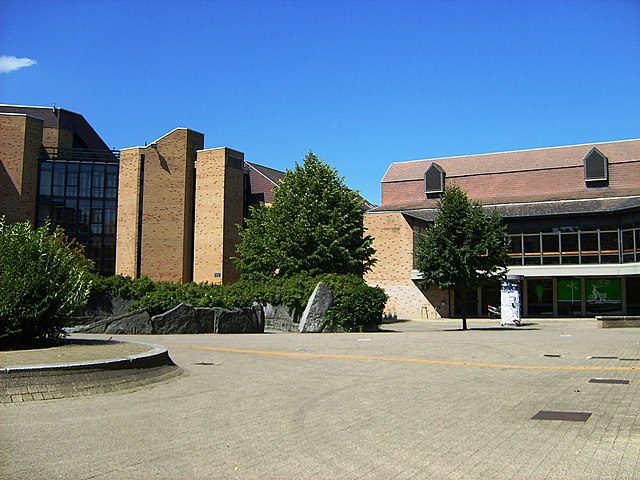The calotte is a skullcap worn by students at Catholic universities in Belgium. It originates from the skullcap worn by the Papal Zouave regiment around 1860.
The calotte is cylindrical, made from velvet and astrakhan. The color of the top is bordeau red for the universities of Brussels, Leuven, Louvain-la-Neuve and Namur, white for the university of Ghent and emerald for the university of Liège.
In the front of the calotte are stripes representing the Belgian flag and stripes representing the colors of the city or the university where the calotte has been received. At the back of the calotte, the faculty of the student is represented by a color and a symbol, with if needed an additional symbol to determine the speciality. Golden stars around the calotte represent the number of years that the student has studied successfully. In addition to that, a number of official and personal pins will be added to the calotte, all representing facts about its owner. Examples include:Official position in a student organisation
Hobbies and occupations
Character

Belgian law students at Catholic University of Leuven (around 1921-1922) five of them wearing the "calotte" skull-cap.
Louvain-la-Neuve is a planned town in the municipality of Ottignies-Louvain-la-Neuve, Wallonia, Belgium, situated 30 km southeast of Brussels, in the province of Walloon Brabant. The town was built to house the Université catholique de Louvain (UCLouvain) which owns the entire territory of the town; following the linguistic quarrels that took place in Belgium during the 1960s, and Flemish claims of discrimination at the Catholic University of Leuven, the institution was split into the Dutch language Katholieke Universiteit Leuven, which remained in Leuven, and the Université catholique de Louvain.
Main Square of Louvain-la-Neuve
Place Montesquieu
Place Cardinal Mercier
L'Esplanade shopping complex





